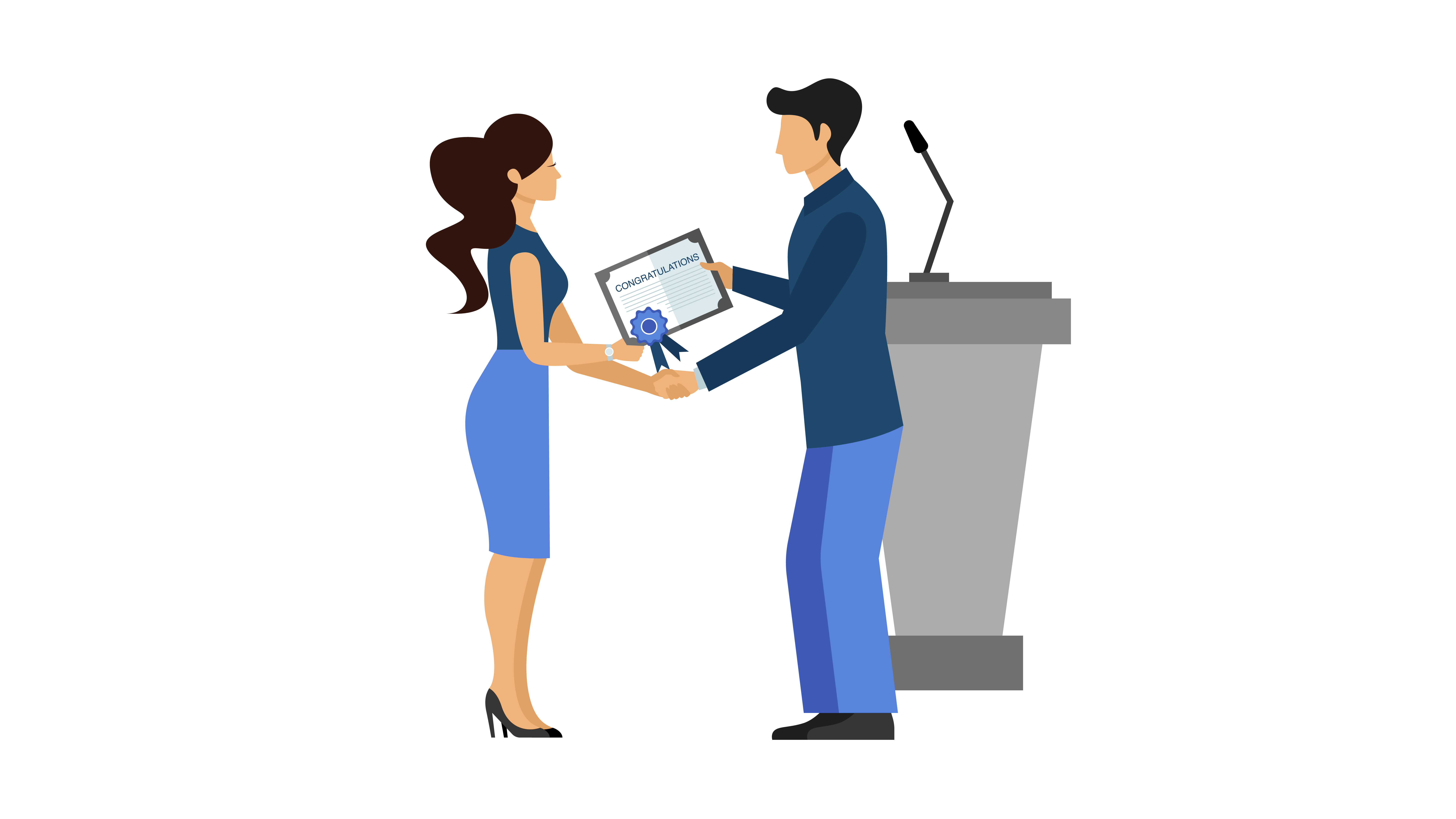All Categories
Featured
Modern organizations need to have central locations for customer data platforms (CDPs). This is a crucial tool. The software tools provide a better and more complete understanding of the customer and can be used to focus marketing efforts and enhance customer experience. CDPs also offer a range of options, including data governance, data quality along with data formatting, data segmentation, and compliance, to ensure that the customer's data is recorded, stored, and utilized in a safe and organized way. A CDP allows companies to engage customers and puts them at the heart of their marketing initiatives. It is also possible to draw data from different APIs. In this article, we will look at the advantages of CDPs for organizations.
customer data platform
Understanding CDPs: A client data platform (CDP) is a piece of software that allows companies to collect information, manage, and store the customer's information in one central place. This gives an exact and complete view of the client, which is used to create targeted marketing and more personalized experiences for customers.
-
Data Governance Data Governance: One of the most important aspects of a CDP is its capability to categorize, safeguard, and manage information that is being incorporated. This includes profiling, division and cleansing on the incoming data. This helps ensure compliance with data rules and regulations.
-
Data Quality: A crucial element of CDPs is ensuring that the information taken is of top quality. This means that the data is properly entered and meets desired quality requirements. This helps reduce the requirement for storage, transformation, and cleaning.
-
Data formatting: A CDP can also be used to ensure that data is entered in a specified format. This allows data types such as dates to be aligned across customer data and ensures consistency and logic in data entry. cdp meaning
-
Data Segmentation: A CDP also permits the segmentation of customer data to help better understand the different types of customers. This lets you test different groups against one another and getting the right sampling and distribution.
-
Compliance The CDP permits organizations to manage customer information in a regulated way. It permits the defining of security policies, classification of data based on the policies, and the detection of infractions to policy when making decisions regarding marketing.
-
Platform Choice: There are a variety of types of CDPs, so it is important to know your needs in order to select the right platform. This includes considering options like privacy of data and the capability to pull data from different APIs. cdp data platform
-
Putting the Customer in the Center The Customer is the Center of Attention CDP allows the integration of real-time customer data. This allows for immediate accuracy as well as the precision and consistency that every marketing department requires to increase efficiency and connect with customers.
-
Chat, Billing and more Chat, billing and more CDP helps you locate the context for fantastic conversations, no matter if you're looking at billing or past chats.
-
CMOs and Big Data CMOs and Big Data CMO Council, 61% of CMOs believe they are under-leveraging big data. The 360-degree view of the customer provided by CDP CDP is an excellent solution to this issue and help improve marketing and customer interaction.
With so lots of different types of marketing technology out there every one typically with its own three-letter acronym you may question where CDPs originate from. Despite the fact that CDPs are among today's most popular marketing tools, they're not a totally brand-new idea. Rather, they're the current action in the development of how online marketers manage consumer data and customer relationships (Customer Data Support Platform).

For a lot of marketers, the single greatest value of a CDP is its ability to sector audiences. With the capabilities of a CDP, marketers can see how a single consumer communicates with their company's different brand names, and recognize chances for increased personalization and cross-selling. Obviously, there's far more to a CDP than division.
Beyond audience division, there are 3 huge reasons that your company may want a CDP: suppression, customization, and insights. One of the most interesting things online marketers can do with data is determine clients to not target. This is called suppression, and it's part of delivering truly customized client journeys (Cdp Define). When a client's merged profile in your CDP includes their marketing and purchase information, you can reduce advertisements to customers who have actually already made a purchase.

With a view of every consumer's marketing interactions linked to ecommerce data, website gos to, and more, everybody across marketing, sales, service, and all your other groups has the chance to understand more about each customer and provide more personalized, appropriate engagement. CDPs can help online marketers address the origin of numerous of their most significant day-to-day marketing issues (Cdp Data Platform).
When your information is detached, it's more hard to comprehend your customers and produce significant connections with them. As the number of data sources used by marketers continues to increase, it's more crucial than ever to have a CDP as a single source of reality to bring it all together.
An engagement CDP uses consumer data to power real-time customization and engagement for consumers on digital platforms, such as websites and mobile apps. Insights CDPs and engagement CDPs comprise the majority of the CDP market today. Very couple of CDPs include both of these functions equally. To select a CDP, your business's stakeholders ought to think about whether an insights CDP or an engagement CDP would be best for your needs, and research the few CDP alternatives that consist of both. Customer Data Platforms.
Redpoint GlobalLatest Posts
The Importance of a Customer Data Platform (CDP) for Targeted Marketing
The Benefits of Pulling Data from Other APIs with a CDP
The Benefits of Real-time Data Analysis with a CDP